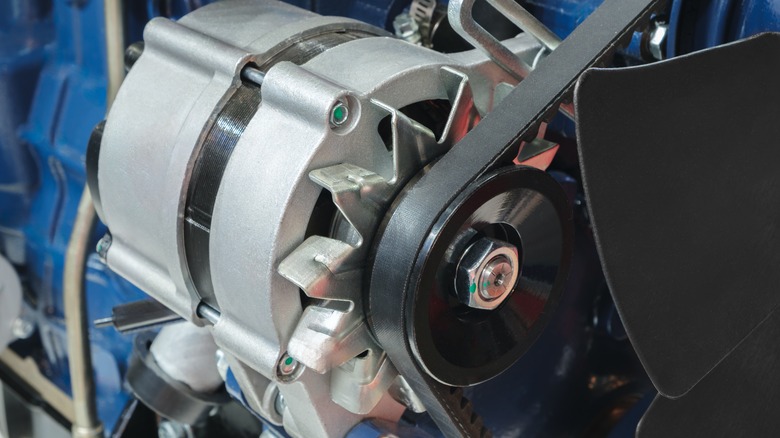In 35-plus years of working on vehicles, i have come to wish I had bought stock in the WD-40 Company, the corporate entity behind the product of the same name. The WD stands for «water displacement,» and it’s made of a carefully guarded formula of solvents in a petroleum base. WD-40 can be used to help power tools work better and last longer and has a handful of uses you might not expect. WD-40 can also be put to use when doing repairs and upkeep on your car, like to help free rusty fasteners and quiet squeaky door or trunk hinges. I have gone through countless of the familiar blue-and-gold cans, particularly while restoring old Jeeps and International Scouts where nearly every bolt was badly rusted and wouldn’t budge without a good WD-40 bath.
But despite all the places WD-40 can be used, there are some parts of your car that should be kept free of the ubiquitous aerosol. You might have heard that WD-40 is good at freeing frozen door locks, but when WD-40 evaporates, it leaves behind a sticky goop that can interfere with the operation of the lock’s tumblers. You should also never spray WD-40 on squeaky brakes. It’s a lubricant and will compromise the performance of your brake pads, which require friction to work properly.
keep WD-40 away from your engine’s belts and hot exhaust pipes

Matveev Aleksandr/Shutterstock
For that same reason, you should never spray WD-40 on a squeaky engine belt. Like your brakes, accessory and fan belts need friction to work properly, and WD-40’s ingredients can damage the rubber in the belts. A squeaky belt is usually either a sign that the belt is not at the proper tension, or that one of your pulleys or engine accessories needs to be replaced. And while WD-40 is good at removing the glue from stickers and decals from glass, you should be also very careful when using it on the inside of your windshield. The solvents in WD-40 are dangerous if inhaled, and if you use too much, it could drip into the defroster vents and be forcibly blown at your face later on. WD-40’s Material Safety Data Sheet warns that this could cause «anesthesia, headache, dizziness, nausea and upper respiratory irritation.»
You should also be very wary about using it on a hot engine. WD-40 is highly flammable; in fact it can be used as starter fluid. It dries very quickly, but if it makes contact with a hot exhaust manifold, pipe, or catalytic converter, a dangerous and destructive fire could break out quickly. The MSDS specifically cautions that it should be «kept away from heat, hot surfaces, sparks, [and] open flames.» The warning about sparks also means you should never spray WD-40 on battery terminals, where arcing is likely to occur.